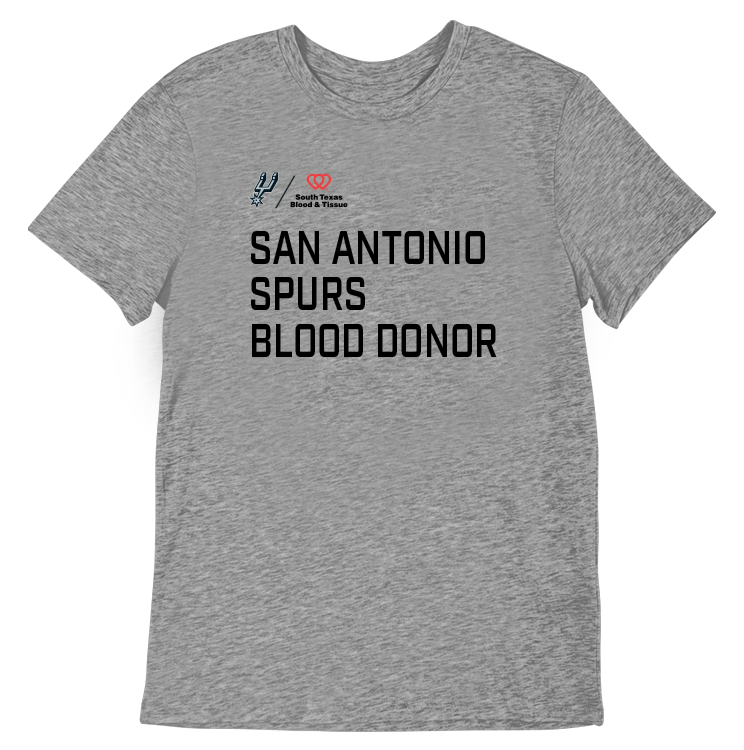Blueprint for Breakthroughs is a LinkedIn newsletter published by Adrienne B. Mendoza, MHA, SVP BioBridge Global and Chief Operating Officer (COO), BBG Advanced Therapies
Originally published on LinkedIn on November 4, 2025
Living in Texas, loving country music, and working in cell and gene therapy (CGT) comes with a few occupational hazards. Like hearing Luckenbach and thinking leukapheresis. Or like driving through a Hill Country town and realizing: this is the kind of place where patients still can’t easily access the most advanced treatments we’ve built.
Waylon and Willie came through the speakers singing:
“Maybe it’s time we got back to the basics of love.”
I’ve heard that lyric a hundred times. But this time, it didn’t sound nostalgic. It sounded like a challenge.
Because our field has made remarkable scientific progress. But we’ve layered it with operational complexity, fragmented delivery, and barriers we’ve come to accept as normal.
And our field is paying the price in patient access, trial delays, and commercial market readiness.
Play
Getting Sentimental About Systems
In country music, we get sentimental about lyrics. In CGT, we get sentimental about systems.
The industry clings to the way things have been done—not because they still work, but because they worked once. Because they got us here.
The path from vein to vein wasn’t designed for the scale we need next. For patients in towns like Luckenbach, that gap isn’t abstract—it’s the reason they may have to drive hours to reach a qualified site or delay treatment until the stars align.
Some providers aren’t there yet either. Oncology groups hesitate. Some lack hands‑on CGT experience; others are still focused on existing therapies. Many worry that referring patients for cell therapy means losing them for good.
That’s reality. But we can meet it with something better.
The Current Chords
Here’s where we stand:
- Site activation takes too long
- Apheresis remains overly centralized
- Commercial timelines and trial goals keep slipping
- Too many patients still wait—or never gain access at all
The science isn’t the problem. Momentum is.
If CGT is going to scale, it can’t afford a late start. The clock’s already running for patients, and the systems (the instruments) need tuning.
A Quick Note for Those Not in the Industry
Cell and gene therapies treat or even cure disease at the genetic or cellular level, often in a single dose. There are three primary approaches:
- Autologous cell therapy uses the patient’s own cells, collected through leukapheresis, modified, and reinfused.
- Allogeneic cell therapy uses donor cells that are banked and ready to use.
- In vivo gene therapy delivers genetic material directly into the body—no cells removed.
Each has tremendous potential, and each adds its own form of complexity.
Allogeneic and in vivo approaches may simplify logistics on paper, but in practice they introduce new bottlenecks:
- Providers may lack the infrastructure or confidence to deliver them.
- Donor apheresis and vector manufacturing still demand coordination and scale.
- For rare diseases, low‑volume vector production rarely fits existing manufacturing economics.
Complexity doesn’t vanish; it simply moves. If we want to scale, we have to design for resilience—not hope for simplicity.
What’s Slowing Us Down
There’s a belief that once we shift away from autologous cell therapy, everything will smooth out. But across every modality, the same strains appear:
- Autologous programs hinge on hospital scheduling, staffing, and handoffs.
- Allogeneic approaches still need donor management and logistics as well as clinical site experience with CGT.
- In vivo programs raise new demands for vector supply, dosing precision, and staff training.
Most sites—especially outside academic centers—aren’t ready for any of them. And the handoffs between sponsors, CROs, CDMOs, sites, and couriers still create friction: different dashboards, data, and expectations. Patients feel every delay those systems produce.
Every missed handoff or rescheduled collection isn’t just inefficiency—it’s erosion of trust.
The more CGT succeeds scientifically, the more we have to streamline operationally. From handshake to handoff, this has to feel like one team, one protocol, one rhythm.
“Maybe it’s time we got back to the basics of love.” — Waylon & Willie
That lyric is about clarity as much as it is about care.
For CGT, getting back to the basics means:
- Moving leukapheresis off the site’s plate. Use mobile units or regional blood centers to collect cells, freeing clinical teams to focus on clinical delivery for patients.
- Reducing activation friction. When steps like cryopreservation or courier setup are decoupled, sites come online faster.
- Helping providers feel confident. Many hesitate because the process still feels unfamiliar and fragile.
- Designing for reach. A therapy that works in only a handful of cities isn’t truly available.
Good science shouldn’t be blocked by avoidable logistics.
“There’s always one more way to do things—and that’s your way.” — Waylon Jennings
Waylon knew how to challenge the default.
At BBG Advanced Therapies, our focus is on the system elements that define readiness:
- Mobile and fixed‑site leukapheresis infrastructure
- Digital COI/COC identity tracking
- Logistics and collection coordination aligned with sponsor timelines
- Partnerships with CROs, developers, and pharma teams to reduce friction and expand access
We don’t activate sites directly, but we help clear the road so activation happens faster—especially in places that shouldn’t be left behind.
This Isn’t About One Modality
It’s easy to call these issues “autologous problems,” but they reach much further. They’re delivery challenges—and they shape every format.
When we strengthen one part of the chain, the whole field benefits.
Infrastructure isn’t owned by any single modality. It’s the common foundation under them all. It’s the rhythm in the song, and if we build it well, and everything moves smoother. Ignore it, and the same delays just reappear somewhere else.
“You have to do something every day to pay for the day.” — Willie Nelson
Willie’s words fit perfectly here: progress in this field is earned daily.
Every improvement—every clearer handoff, every faster “yes,” every patient who waits less—pays the day’s dues.
That’s the work that matters most.
One Step That Still Needs Work
Leukapheresis often gets treated as a clinical formality—something sites will figure out when trials begin. But it’s far more than that: the first, most sensitive input in a precision‑timed manufacturing process.
If that input is late or out of spec, everything downstream is at risk.
Dendreon recognized this years ago. They didn’t leave collection to trial sites; they centralized it and treated apheresis as part of the supply chain, not bedside care. That model worked—and it’s being reimagined today through mobile leukapheresis centers that bring collection closer to patients, increase control, and protect timelines.
The tools are here. The question is whether we’ll use them—at scale.
What part of your CGT operation could be simpler, faster, or more equitable—if you let it be?
Let’s talk about that.
And for a little fun, click the link embedded in the date to listen to an AI generated country song.


